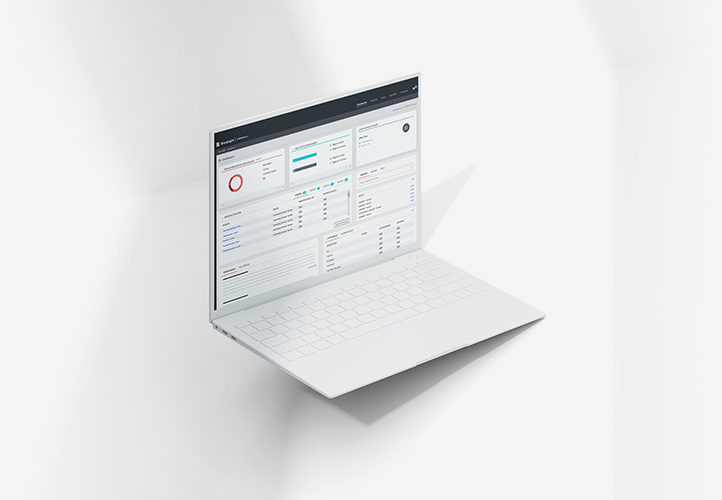Oct 23, 2019 - by Staff Writer
Domain Name Principles: Optimizing Domain Name Portfolios
Domain names can be valuable assets, but many corporate domain name portfolios consist of non-resolving domains. In a recent survey conducted by Brandsight, more than 91% of domain professionals said that ensuring domains redirect to relevant content was an extremely important or somewhat important goal. That said, it’s not uncommon for less than half of corporate domain name portfolios to point to live content. Sure, there are adult-themed domains or those registered anonymously for future use that purposely do not resolve, but those are the exception to the rule.
Most domains that do not resolve were registered defensively or acquired via acquisition—without much thought given to where the domains should actually point. And going back to point traffic to relevant content after a domain has been acquired can be a daunting task – especially for domain professionals who only spend part of their time managing domain name portfolios.
All that said, companies should strive to ensure that all non-core domains should resolve. The big question is where to point domains?
When deciding where to point defensive registrations, there are generally three different approaches. The first is to try and direct users to their intended location. For typos and misspellings this is generally straightforward. For other defensively registered domains, this may require working cooperatively with web marketing or digital marketing teams to determine exactly where domain names should resolve. This could include ensuring ccTLDs point to matching language sites, product names point to product pages, and executive names point to management team pages.
There is another school of thought which is that redirecting defensive registrations could inadvertently teach website visitors to use the wrong domain names. In these cases, pointing domains to parked pages with a message asking whether the visitor meant to visit the company’s primary website is an option.
And for domains that have been previously used to perpetrate the sale of counterfeit goods, to commit fraud, or divert traffic to unauthorized content, pointing to a page that explains that the name has been recovered as part of the company’s brand protection program is yet a third option.
In all cases, monitoring traffic to these pages can be useful in determining whether names can be allowed to lapse or whether other similar registrations should be considered.
A common question is around how much traffic should a domain receive in order for it to be considered valuable? Of course, that depends. Raw numbers can be useful, but tracking conversion rates provides powerful evidence for understanding the value of a domain. This can be accomplished by appending UTM codes to defensive registrations and using web analytics platforms to understand how visitors convert into sales.
Another measure of value can also be obtained using services such as Estibot which takes into consideration factors such as the length of domain, popularity and inclusion of generic terms.
Determining which is the right approach is highly dependent on the company’s culture. For some companies, ensuring that all visitors are able to reach their intended destination is critical, but others may feel that promoting their core domain names and elevating their commitment to brand protection takes precedence. And certainly using a combination of all three approaches is an option as well.
